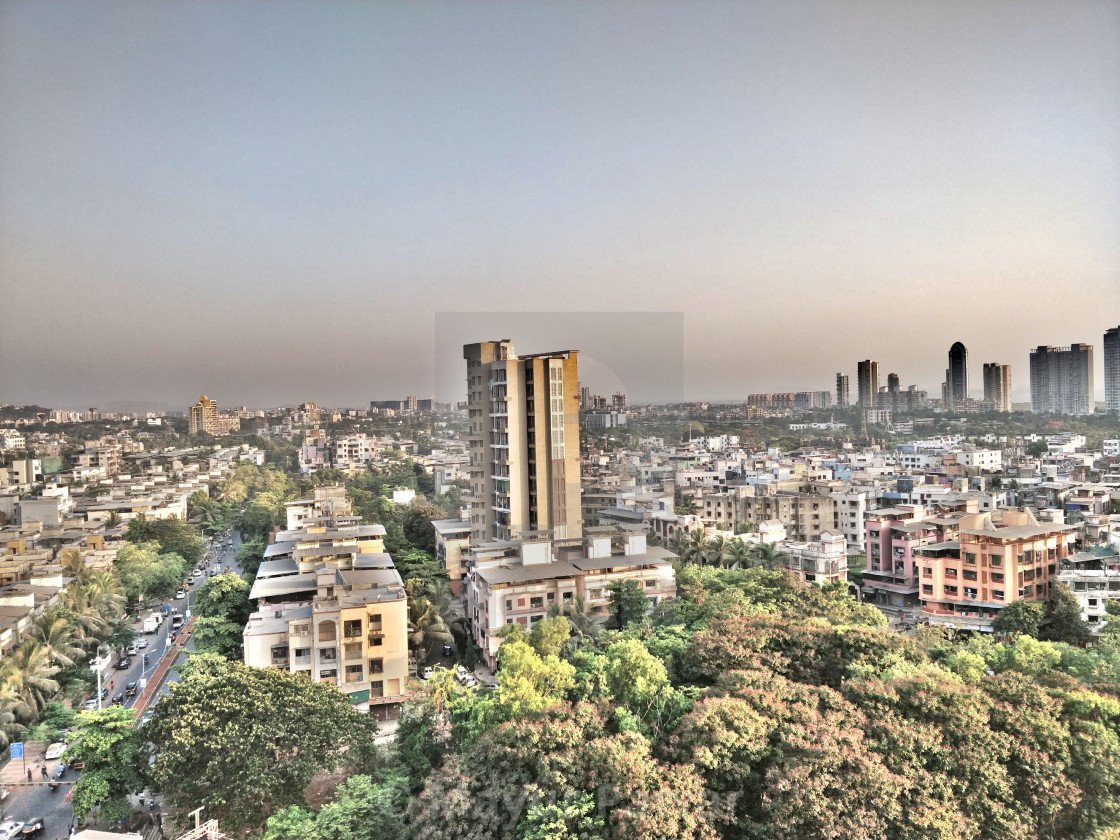Dharavi, one of the largest slums around the world with a rapidly increasing population day by day!

Navi Mumbai, one of the most well-planned and organized cities in India.

These two locations are stark opposites. The major difference in them is conscious planning over unplanned growth. Urban population growth is one of the major reasons for unhygienic spaces and deteriorating city life. It has been a constant struggle to curb these issues as the years pass by. Space crunch, migration, unhealthy and unhygienic livability are some of the factors that arise when a city growth becomes rapid and in an unorganized pattern. Smart cities are one such solution to curb this urban issue.
What are smart cities?
A city is defined as ‘smart’ on its willingness to develop and to accept change. It mainly caters to the domains of infrastructure, transportation, services, urban spaces, public and communal spaces, etc. Each city can have its definition of ‘smart’ depending on various factors that define the city, its working and its people. Under the ‘smart city’ tag, the government has proposed almost 100 cities be converted into it. These cities were chosen through various analysis on their potential to grow and accept a change. And along with this, on the factors through which a city can produce a certain spectrum of economical activity which helps holistically in catering to the nation.
Some of the typical features of a ‘smart city’ are-
- Promoting mixed land use- Compatible land use activities can be placed nearby for a better set of planning and organization.
- Expansion of the housing opportunities- Opportunities where every stratum of the society is included thus, catering to both lower-income group (LIG) and higher income group (HIG).
- Walkable localities- This helps in reducing the use of vehicles thus, reducing pollution. It generates a communal bond within the precinct that generates walking or cycling rather than using fuel-based vehicles.
- Preserving and creating open spaces- Recreational spaces, playgrounds, public spaces to increase the quality of life of the residents. This helps in keeping the surroundings green and sustainable. It also helps in giving the inhabitants spaces to have urban communal activities.
- Promoting a variety of transport systems and connectivity.
- Raising capital through the inhouse economical activities- Giving an identity to the city based on its main economic activity, such as healthcare, local cuisine, landmark areas, etc.
- Infrastructural solutions- Providing cheaper and smarter solutions for buildings and structures.
- Segregation of city centers- City centers act as magnet spaces which leads to the accumulation of a large chunk of population in one space. If a city has multiple city centers, it helps in segregating these magnet areas and creating a habitable environment that is chaos-free.
A smart city roughly involves going from the micro level to the macro level and thus, benefiting the people and the government. Some of the disadvantages of having a smart city also exist. Such as having a well-mechanized city can sometimes lead to pollution and hampering of the environmental factor. The infrastructural factor if not handled in a controlled manner can lead to a mass capital building scenario. The smart city approach if limited to certain strata of society can restrict the development in all sectors thus, reducing the affordability for the LIG (Lower Income Groups). Care must also be taken in restricting the use of finite resources and focusing more on renewable resources.
In recent times many villages have also taken up this concept, to go ‘smart’ through various methods of change in their lifestyle. So this concept is no more restricted to urban precincts and cities but has now even grown in the village areas.
Thus, a smart city is a vast concept that has the potential to change and modernize urban development constructively and healthily.


